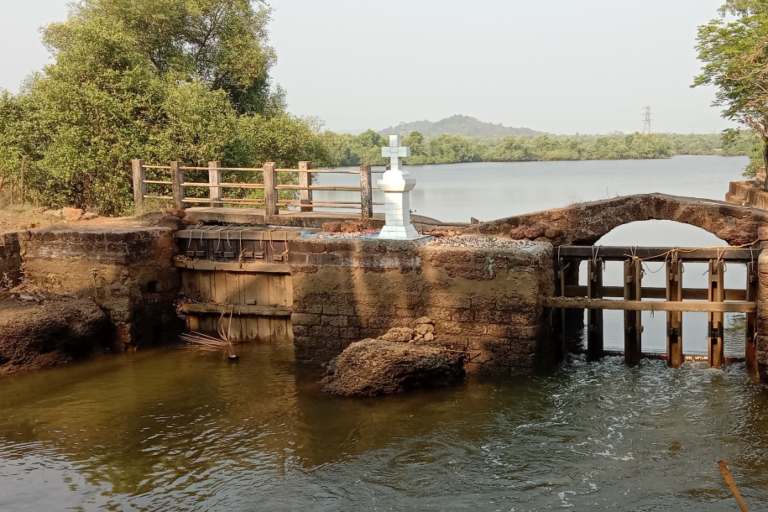By Neena Bhandari
Sydney, 02.10.2006 (DNAIndia): Some people love life too much to ever let go. Australian biologist Philip Rhoades is one of hundreds of people, who believe in Cryonics. It is the practice of suspending normal decay processes in people, who have been declared legally dead, by storing them at low temperatures in the hope of future medical re-animation.
As a boy, growing up in the western suburbs of Sydney, Rhoades’ favourite pastime was reading science fiction. He was particularly drawn towards John Wyndham’s `logical fantasy’ novels.
“I liked The Chrysalids most and I had assumed that by the time I would grow old; science, medicine and technology would evolve a way to keep us alive forever”, says 54-year-old Rhoades, who is establishing Australia’s first Cryonic Centre.
At the centre to be set up in Cowra, 200 km west of Sydney, Mr Rhoades, his mother Dorothy (74), a science teacher, and father Gerald (79), an industrial chemist, would be frozen in minus 196 degree Centigrade (-196 C) liquid nitrogen after they die in the belief that advanced nanotechnology might resuscitate them back to life.
Rhoades’ partner, although accepting his views, did not want to be suspended after death. He says, “So far she has not been interested, which is sad because I’d really miss her in the future”. Of his three sisters and two brothers, but for one sister-in-law, none of them are opposed to his great experiment. “There are different levels of support from them. One sister, Jocelyn, is definitely willing to be suspended”, he adds.
Rhoades started researching Cryonics a decade ago and was rather surprised to find that it was still in its infancy. He signed up with the Cryonics Institute in Michigan (USA) and began working with the Cryonics Association of Australasia (CAA).
“As I got more involved in the CAA, there was a growing realisation that we needed a cryonics centre in Australia. There were problems of being organised to be suspended in the US. If you know you are dying, you can fly to the US, but if you died here, you were first treated in Australia before being sent to the cryonics centres in the US. One was then not sure of how good a suspension one could get” says Rhoades, who wants resources to be available in Australia by the time Cryonics becomes big.
Rhoades has won approval from the state of New South Wales health authorities to build the complex, believed to be only the third in the world. At a cost of $650,000, he has bought 50 acres to build the Cryonics Centre, another 100 acres for setting up a facility for research into suspended animation, and two acres to set up a Life Extension Village modelled on `retirement village’ where residents will have community and professional support. Rhoades estimates another $1 million will be spent in setting up the centre and facilities over a period of time. The first building should be ready in six months. Initially, it will be just for his immediate family.
He chose Cowra because Rhoades wanted the centre to be far away from Sydney’s city centre for two reasons. “The cost of land away from the city is more affordable and moreover, the closer it was to the city, the more chances there were of religious organisations objecting to it”, says Rhoades, who now works as an IT consultant and is doing a Ph.D in population genetics.
“With quantum computing and sophisticated nanotechnology, I am optimistic that in the next 20 to 50 years, we would be able to live forever unless a nuclear war or global calamity strikes. My whole basis is that if you have a choice to prolong life, why cut it short” says Rhoades, who is often told by his girlfriend that the future may not be worth living at the way the world is going.
However, Rhoades feels that mankind is at a cusp in history, where science and medicine is growing at an exponential rate. “We are not quite at a stage where medicine and science can keep us healthy forever, but there is greater than zero chance of revival, if frozen”.
For Cryonics, will science fiction become science fact, only time will tell.
Cryonics Association of Australasia (CAA): The seeds of the Cryonics Association of Australia (CAA) were sown in 1975 and it took five years of planning for it to be formally incorporated in 1980.
The Melbourne-based Association currently has 14 full members from across the country and 12 associate members or people who are interested but have not yet signed up.
“Our membership is still small and the growth has been slow. However, there are a number of Australian cryonicists, who are not CAA members”, explains CAA spokesperson Theodore Tatton.
The CAA, which has not faced any legal or ethical issues here, has welcomed the news of a cryonics facility being established in Australia. At the moment, members who deanimate in Australia are initially processed by a funeral director locally and then flown to the Alcor Life Extension in Arizona or the Cryonics Institute in Michigan (USA) for final suspension.
“We have had five such cases here and another two travelled to the US prior to death. The cost of preparation in Australia and air shipment to the US costs between $10,000 and $15,000”, informs Tatton.
The members occasionally meet for informal get-togethers and once for the Annual General Meeting either in Melbourne or Sydney.
Tatton explains, “Our main aim is to provide support to Australians, who have signed up for cryonic suspension and disseminate information on the subject to enquirers”.
© Copyright Neena Bhandari. All rights reserved. Republication, copying or using information from neenabhandari.com content is expressly prohibited without the permission of the writer and the media outlet syndicating or publishing the article.

